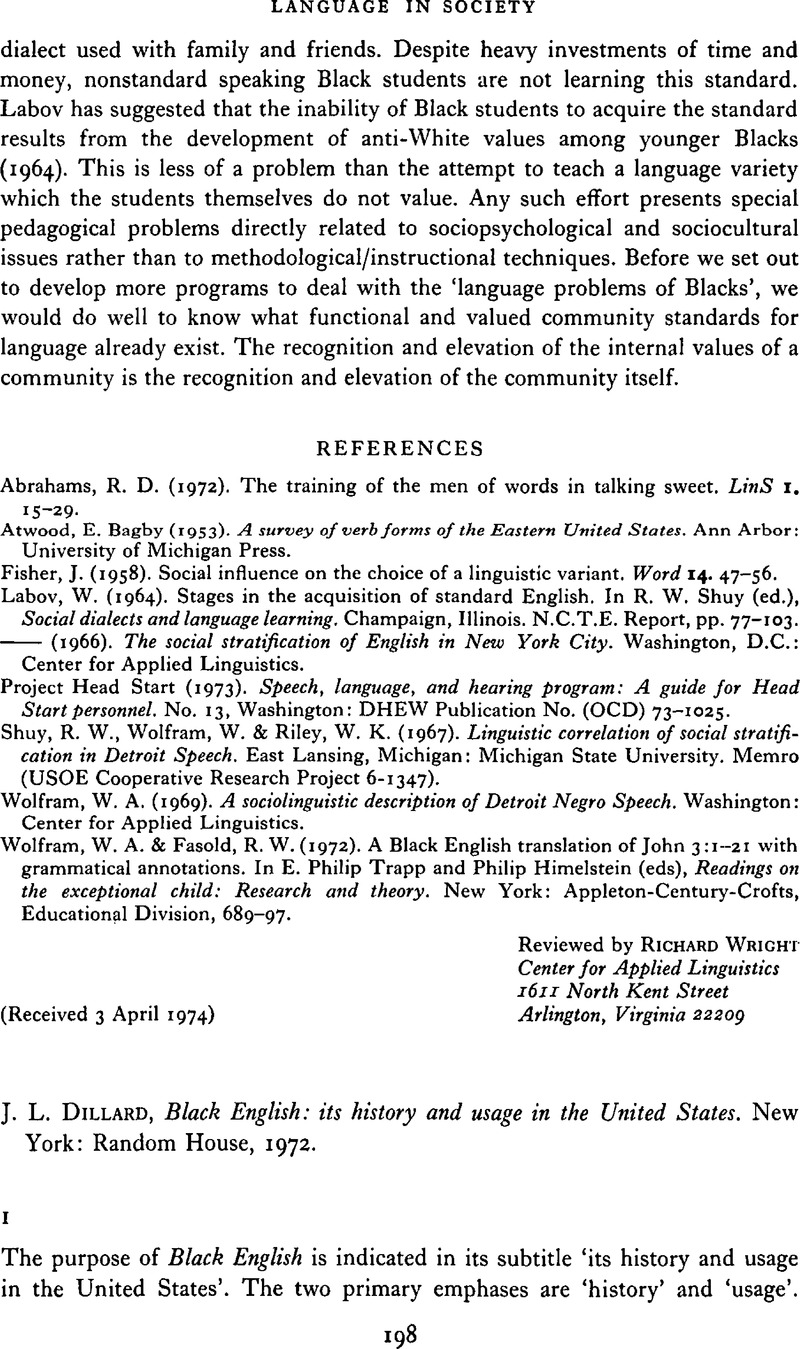Stewart, W. A. (
1969). The use of Negro dialect in the teaching of reading, in
Teaching Black Children to Read, Edited by
Baratz, Joan C. and
Shuy, Roger W..
Washington, D.C.:
Center for Applied Linguistics (Urban Language Series 4),
156–
219.
Google Scholar 